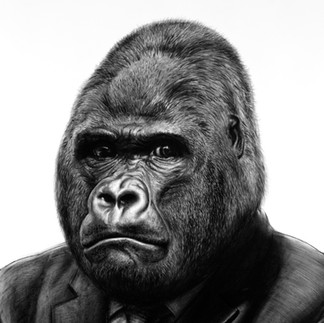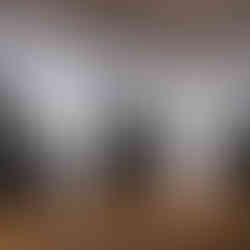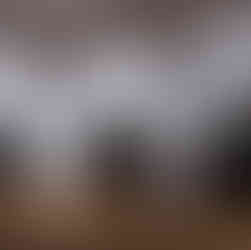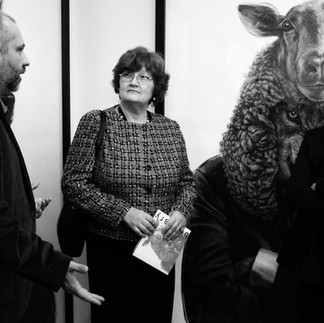POLITICAL BESTIARY 1 - HOUSE OF ARTS - MOGOSOAIA - 2013 - 2014
- Valeriu Mladin
- Oct 23
- 2 min read
Updated: Nov 1
Attitudes, Habits and Political Grimaces
Notable in Valeriu Mladin’s work is the relationship between subject and image, always inscribed within concise morphological limits. The development of the chosen theme generally presupposes serialization, each part of the whole constituting itself as a variation. The artist conceives his projects da capo al fine, maintaining in his discourse the optimal measure of the narrative from which he departs, regarded as iconographic source. The narrative, however, never impedes plastic expression; paradoxically, the works preserve their independence from the scenarios underlying them.
We are dealing with a personal way of judging the artistic act, whose fundamental characteristic is the play with time, namely the choice of the representative moment of a kinetic succession of facts or events. Summarizing, the vision—often musical, cinematic, choreographic, or script-like—filtered through particular, sometimes experimental technological steps, is converted into an atemporal plastic sign. Equally noteworthy is the artist’s penchant for abolishing space, the support’s background being preferred to a, let us say, original décor.
Valeriu Mladin’s Political Bestiary transcends mere fable, caricature, or social critique. What matters is the way in which the artist has captured and transposed attitudes, habits, grimaces, and numerous other truths into believable images, seductive through their ludic humor.
More than just men in suits with animal heads, beyond the prosaic story of politics in Romania and elsewhere, what we have is a typological index of the game of (and with) power. The political creatures created by Mladin may appeal within the declared context of their genesis, but also in themselves, through the originality of representation or the dichotomies they propose—between solemn and coarse, monumental and derisory, appearance and reality.
It should be noted that no viewer will identify, not even inwardly, with the series of portraits in which, with generosity, he will undoubtedly recognize others. Likewise, we may ask ourselves whether the politicians depicted are humans with animal faces or animals with human bodies. These ambivalences are not at all accidental; they are strong points of the bestiary.
The overall atmosphere of the Political Bestiary project could be described in relation to George Orwell’s Animal Farm, John Irving’s Trying to Save Piggy Sneed, A Political Bestiary by Eugene J. McCarthy & James T. Kilpatrick, or, why not, to Pink Floyd’s albums Animals and, to a lesser extent, The Wall. To this enumeration one could legitimately add Dimitrie Cantemir’s The Hieroglyphic History. The list could go on, but the most important point is that Mladin owes tribute to no one. The idea behind his working sessions is only a pretext for searches, innovations, expression. Between what he wishes to denounce and the way he does it, we have the joy of speaking about art.
Valeriu Mladin places himself, at least through the side that includes Political Bestiary, somewhere on the border between photorealism and megarealism—if we accept the terminology. The balance between the decisive and the indecisive, the exacerbation of detail, or the play of sure contours with a delimiting role are just some of the procedures by which he accentuates the reality of the represented, extracted from their original context and transposed in a matrix-like manner into another system, both coherent and personal.
Mihai Plămădeală, curator






























































































Comments